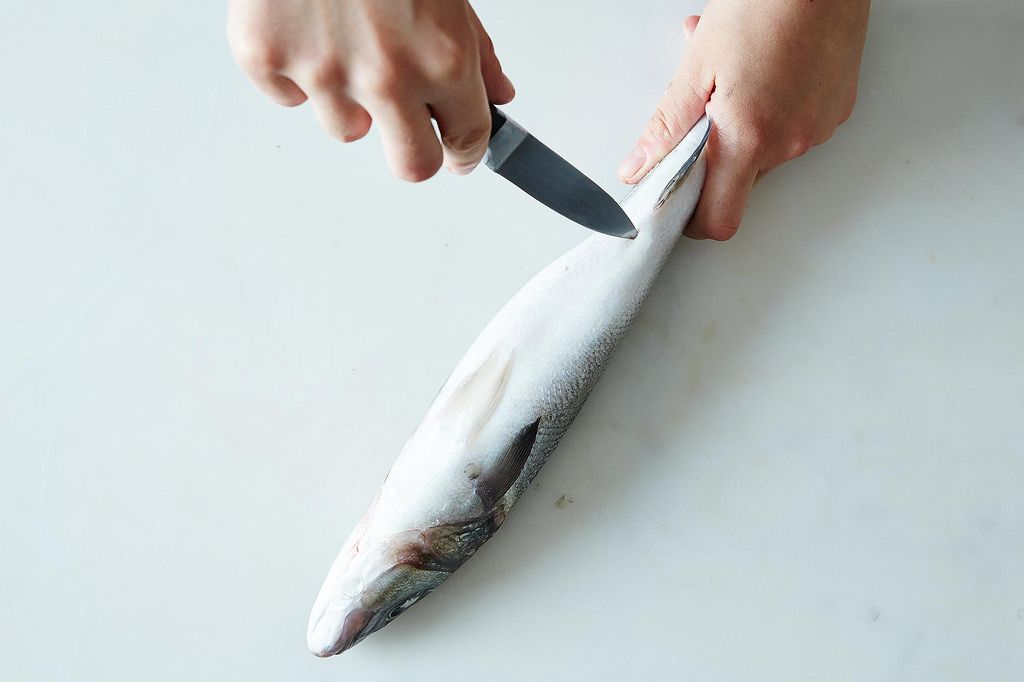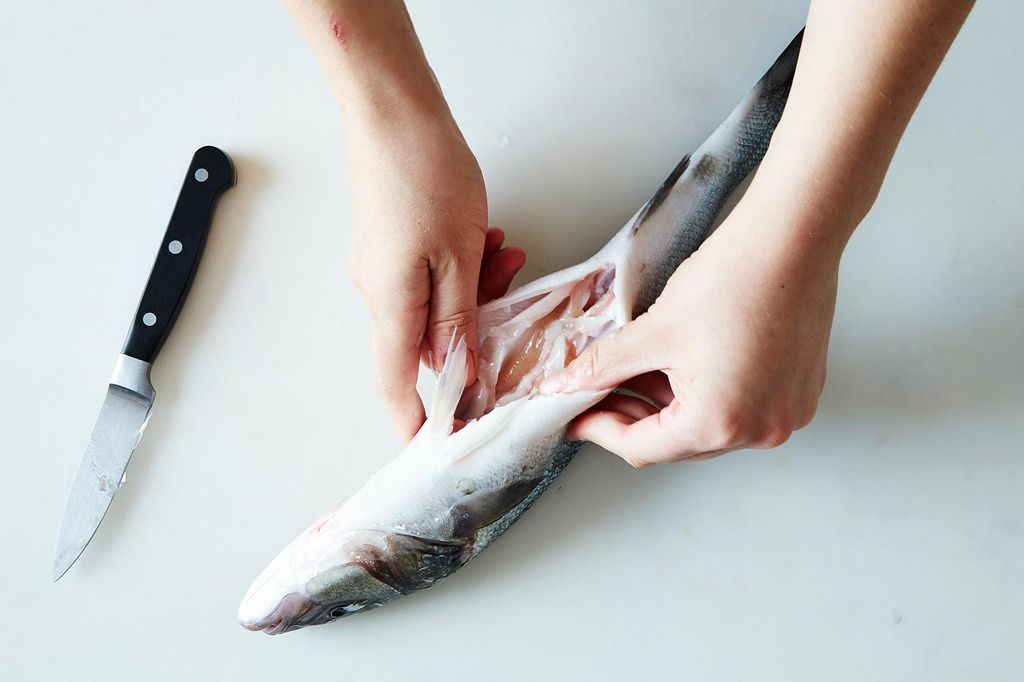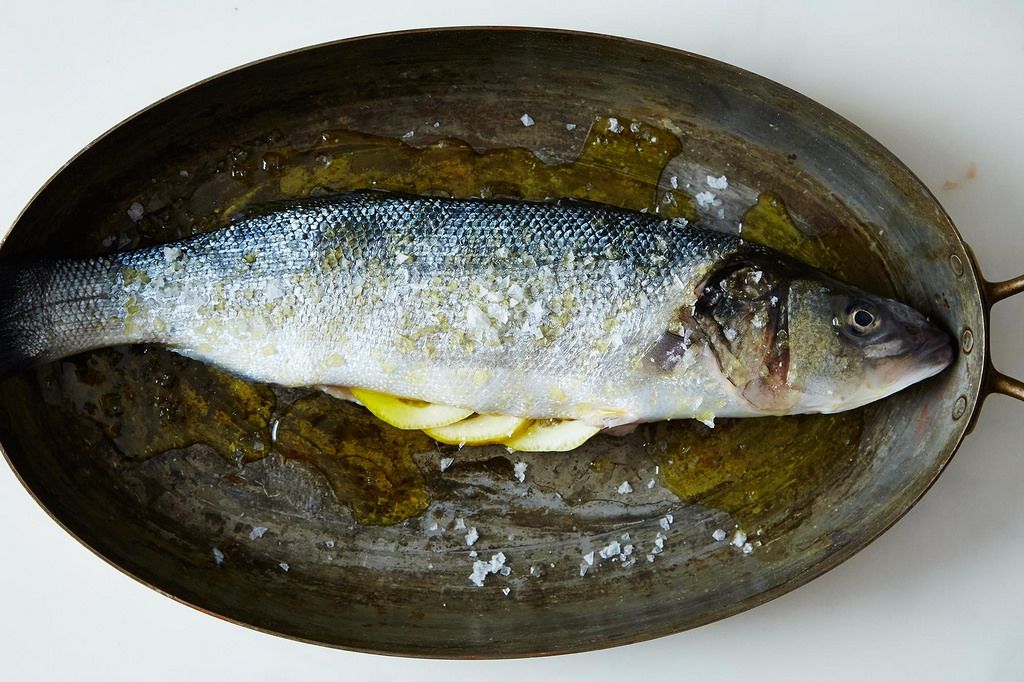Popular on Food52
3 Comments
Neil
January 29, 2018
Indeed, this is a very well detailed guide on how to process fish before cooking. Seafood can taste great, especially if you cook it yourself and you know how to do it properly of course.
By the way, when it comes to scaling, you could do a decent job with a knife, if you’ve had more practice, but using a fish scaler will definitely make things a lot easier. I myself have an electric scaler that makes the whole deal quite effortless and quick. Not all scalers are equally effective though.
You should do a research before opting for a particular model. I came across an article that summarizes great models and found it very helpful. If some of you are interested to read about it: https://organicpowerfoods.com/health-topics/most-effective-fish-scalers
By the way, when it comes to scaling, you could do a decent job with a knife, if you’ve had more practice, but using a fish scaler will definitely make things a lot easier. I myself have an electric scaler that makes the whole deal quite effortless and quick. Not all scalers are equally effective though.
You should do a research before opting for a particular model. I came across an article that summarizes great models and found it very helpful. If some of you are interested to read about it: https://organicpowerfoods.com/health-topics/most-effective-fish-scalers
paczryk
September 18, 2014
Ah, one of my favorite childhood chores - bent over the sink with my mother...
Favorite preparation? Simply steamed and seasoned with the holy trinity of scallions, garlic, and ginger - plus some soy sauce, vinegar, and peanut oil for flavor. A staple throughout southern coastal China and thoroughly addictive. Sort of like this, as featured in epicurious - http://goo.gl/rWeMPL ^.^
Favorite preparation? Simply steamed and seasoned with the holy trinity of scallions, garlic, and ginger - plus some soy sauce, vinegar, and peanut oil for flavor. A staple throughout southern coastal China and thoroughly addictive. Sort of like this, as featured in epicurious - http://goo.gl/rWeMPL ^.^






See what other Food52 readers are saying.